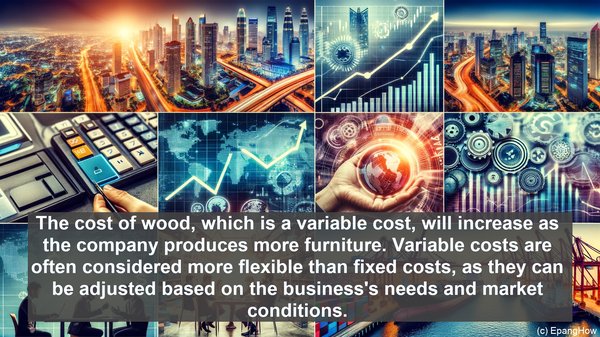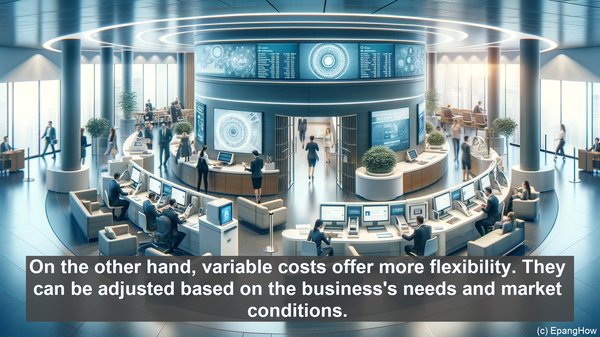Introduction: The Crucial Role of Costs in Business
Hello everyone, and welcome to today’s article. When it comes to running a business, costs play a pivotal role. They are the financial building blocks that shape a company’s profitability and sustainability. In this article, we’ll be focusing on two types of costs: fixed costs and variable costs. Understanding the differences between these two is crucial for any business owner or financial manager. So, let’s dive right in!
Fixed Costs: The Steady Pillars of Expenditure
Fixed costs, as the name suggests, are expenses that remain constant regardless of the level of production or sales. These costs do not fluctuate with changes in output. Examples of fixed costs include rent, insurance premiums, and salaries of employees in administrative roles. Regardless of whether a business produces 100 units or 1000 units, fixed costs remain the same. This stability can be both an advantage and a challenge for businesses, as we’ll discuss later.
Variable Costs: The Shifting Components of Expenditure
Unlike fixed costs, variable costs are directly tied to the level of production or sales. As the volume of output increases or decreases, so do variable costs. Examples of variable costs include raw materials, direct labor, and utilities. Let’s say a business manufactures furniture. The cost of wood, which is a variable cost, will increase as the company produces more furniture. Variable costs are often considered more flexible than fixed costs, as they can be adjusted based on the business’s needs and market conditions.

The Relationship: Fixed Costs vs. Variable Costs
When analyzing costs, it’s important to understand the relationship between fixed costs and variable costs. Together, these two components make up the total cost of production. For example, if a business has $10,000 in fixed costs and $5,000 in variable costs, the total cost would be $15,000. This relationship becomes even more significant when considering the concept of breakeven point. The breakeven point is the level of production or sales at which total revenue equals total costs. Understanding the composition of costs is crucial for determining this point and making informed decisions about pricing and production levels.

Flexibility and Challenges: Fixed Costs vs. Variable Costs
As mentioned earlier, fixed costs provide stability. They are necessary for a business to function, regardless of the level of output. However, this stability can also be a challenge. During periods of low sales or economic downturns, fixed costs can become a burden, as they need to be paid regardless of revenue. On the other hand, variable costs offer more flexibility. They can be adjusted based on the business’s needs and market conditions. For example, if a business anticipates a decrease in demand, it can reduce its variable costs by scaling back production. This flexibility can help businesses navigate uncertain times more effectively.
Cost Control and Optimization: The Importance of Analysis
For any business, cost control and optimization are essential. By analyzing both fixed costs and variable costs, businesses can identify areas where expenses can be reduced or optimized. This analysis can involve various strategies, such as renegotiating contracts with suppliers, implementing energy-efficient measures, or exploring outsourcing options. Regular cost analysis is not only crucial for improving profitability but also for ensuring long-term sustainability.
